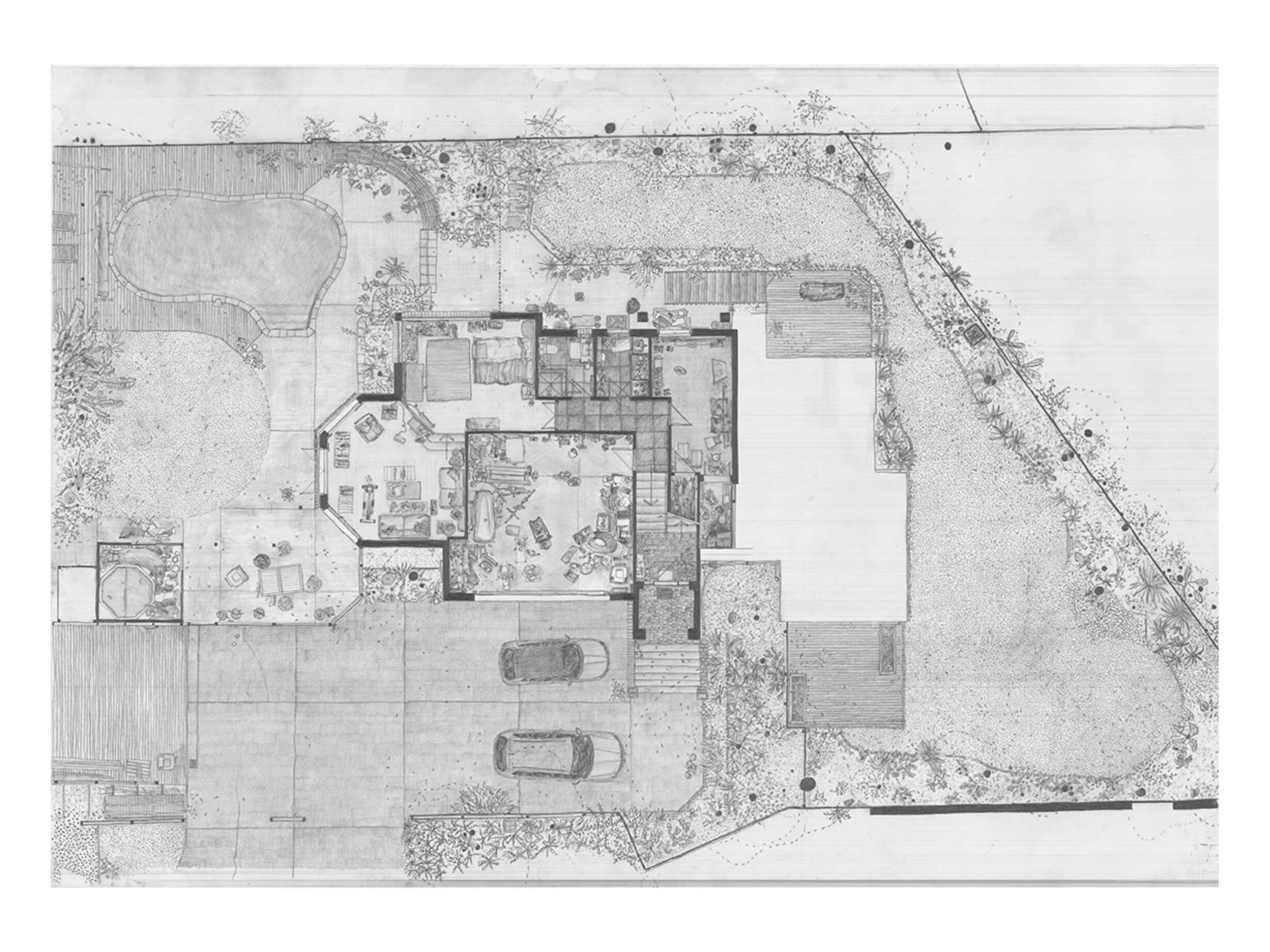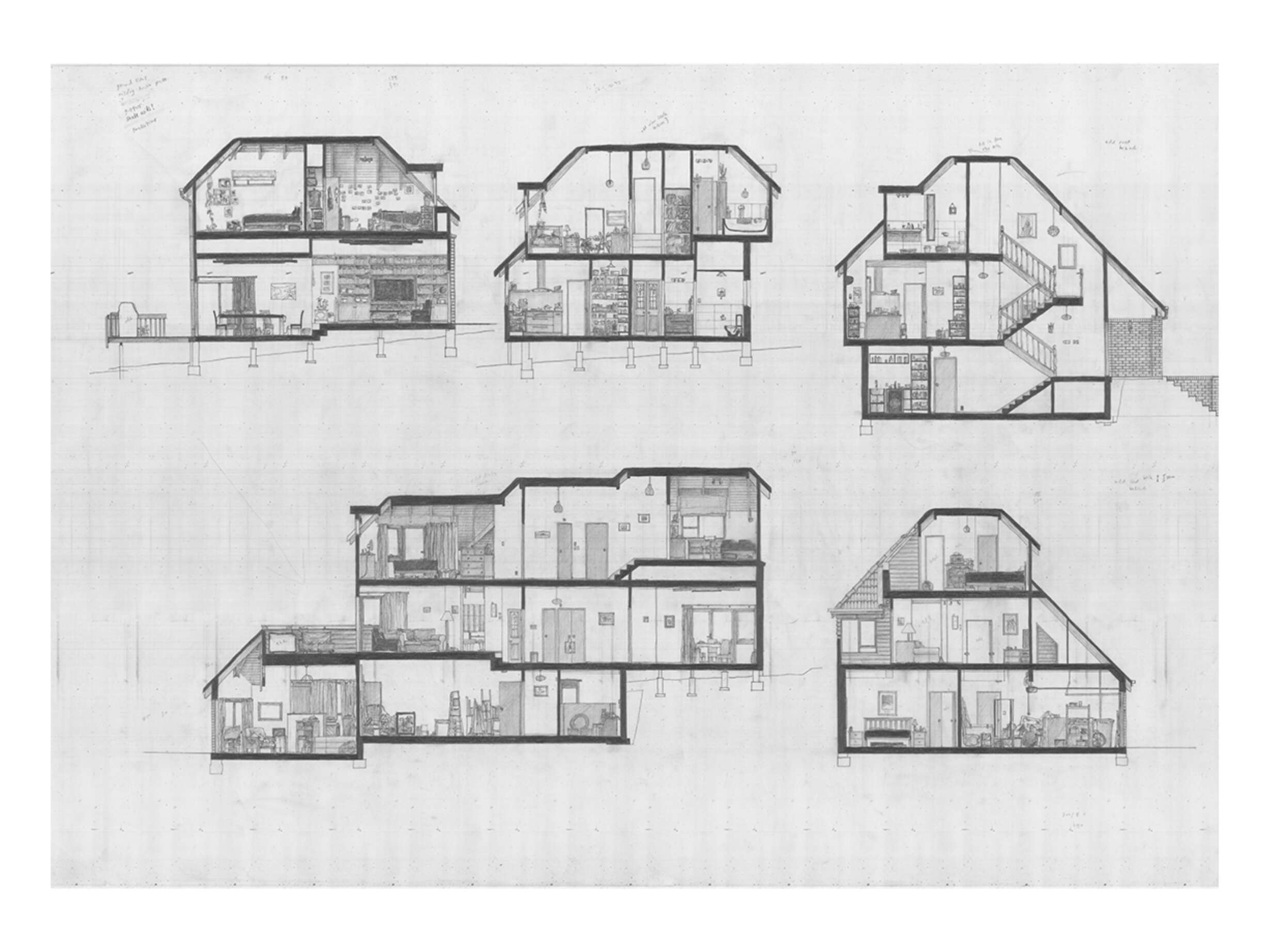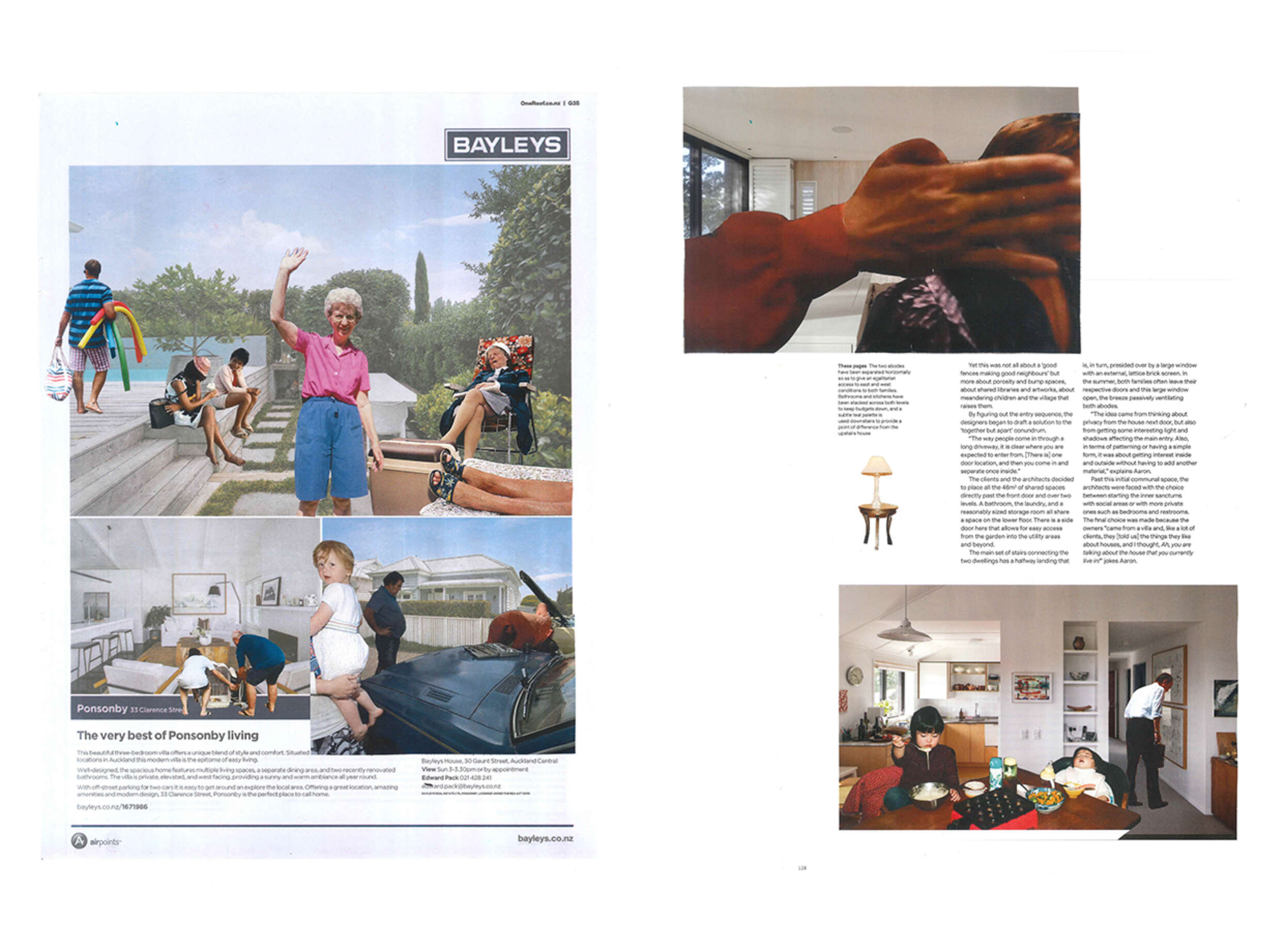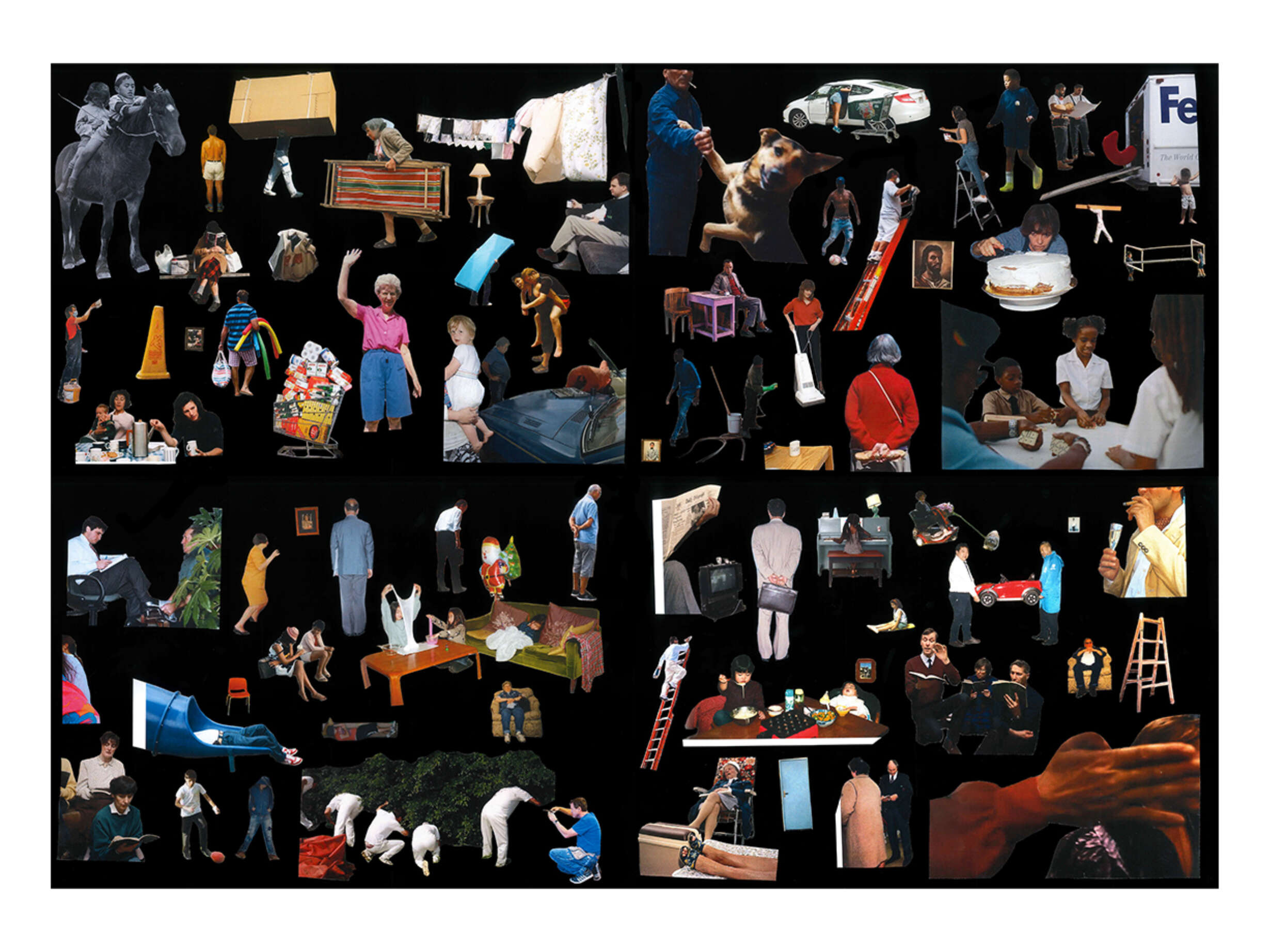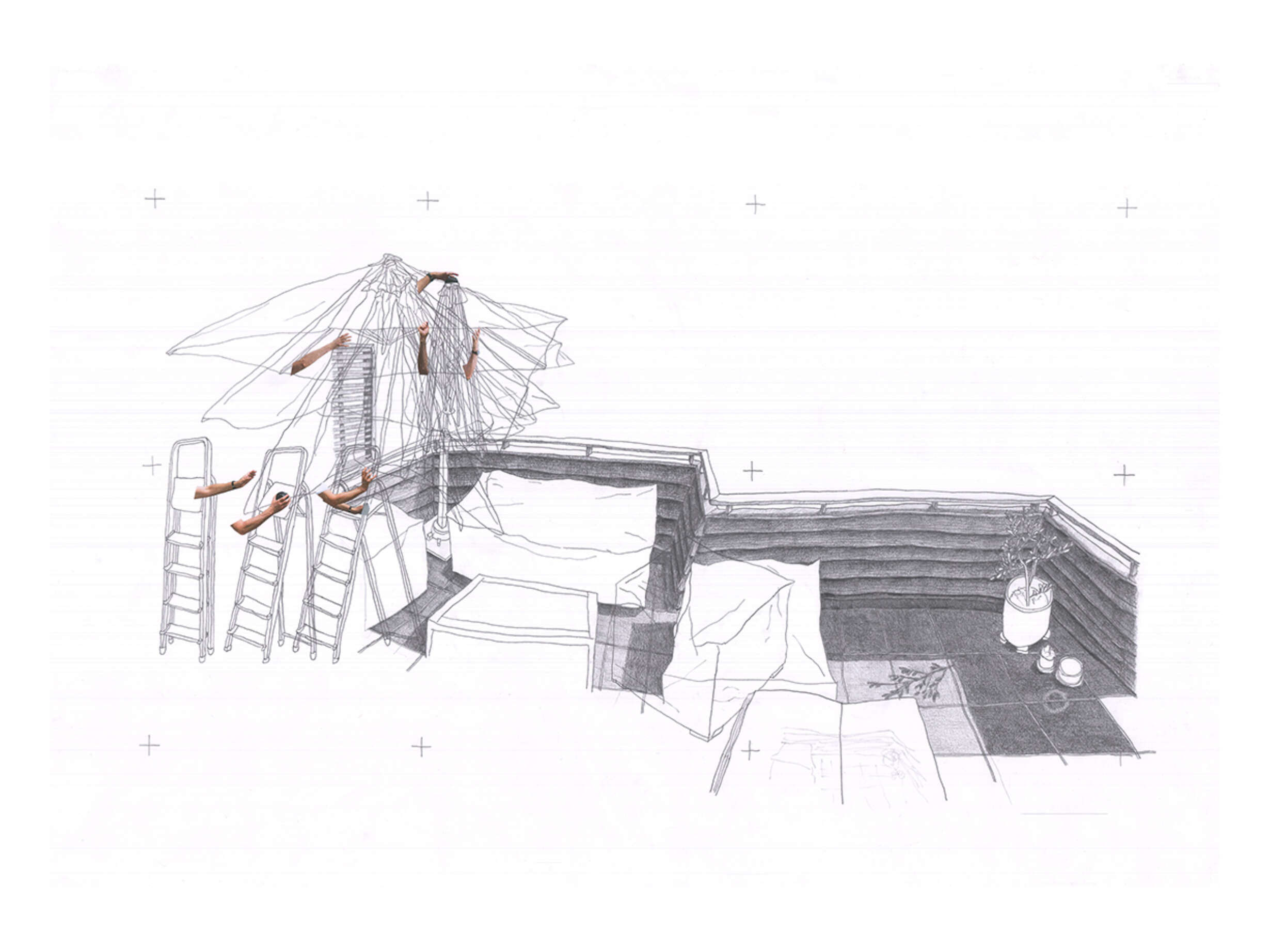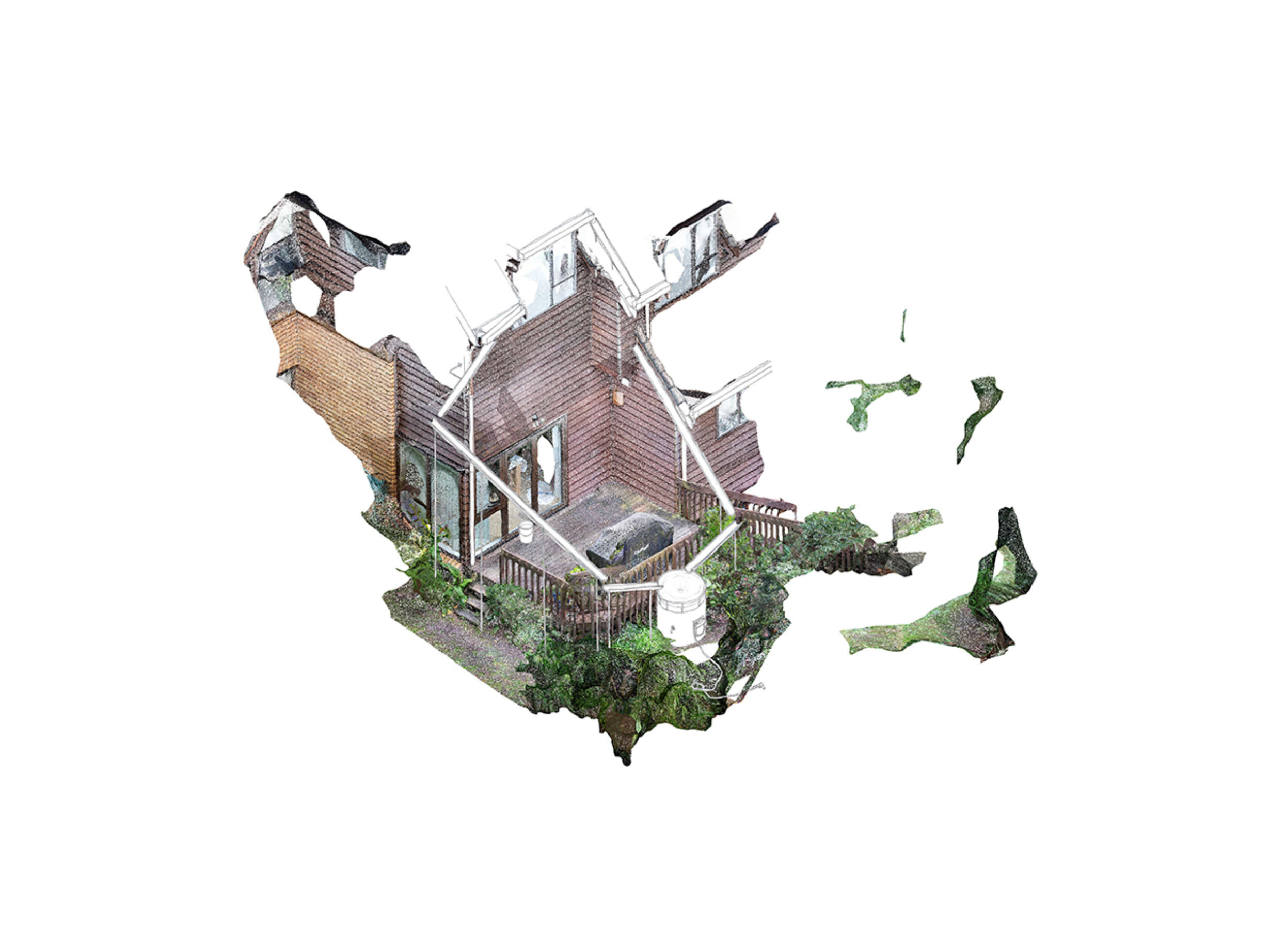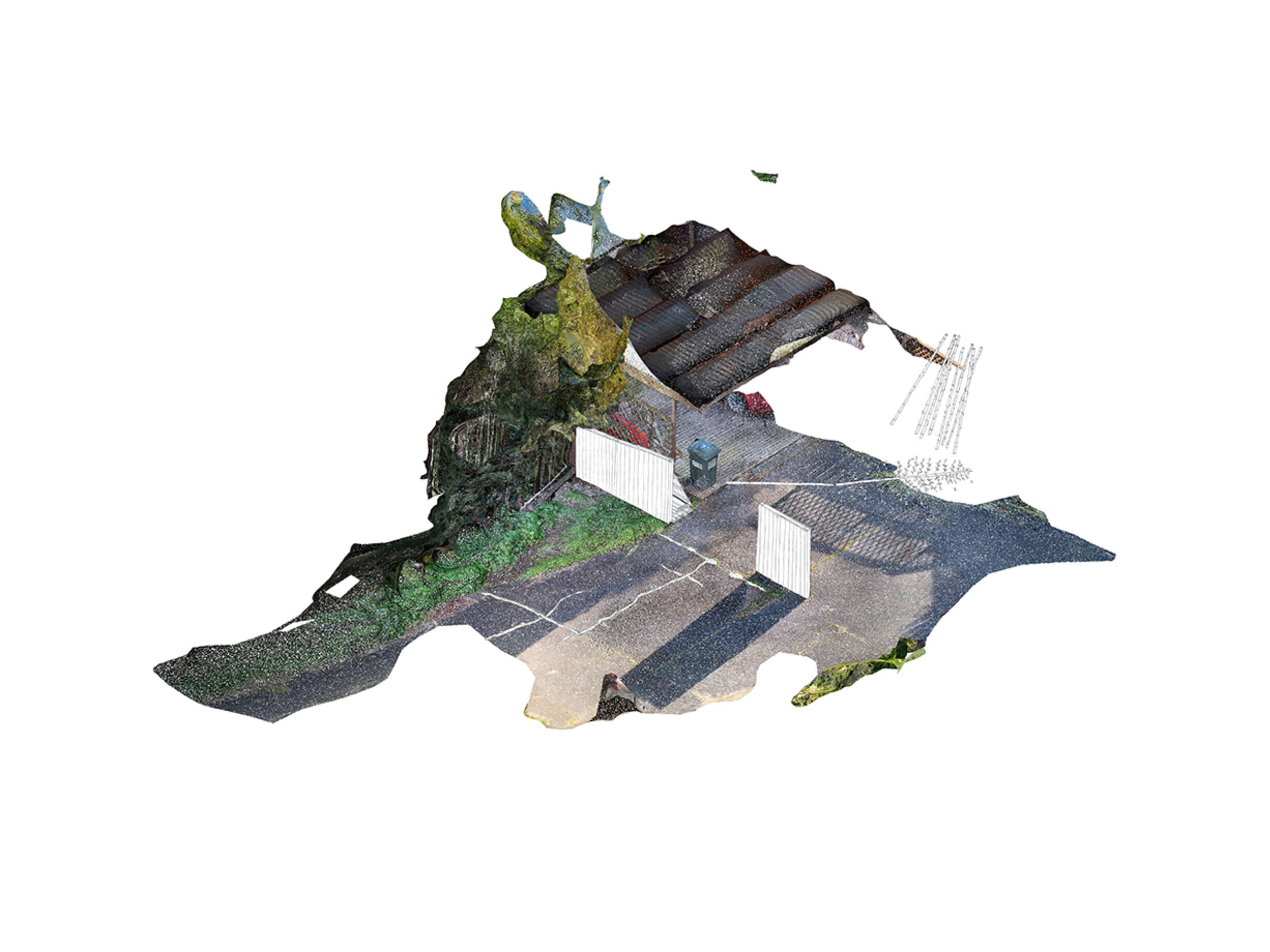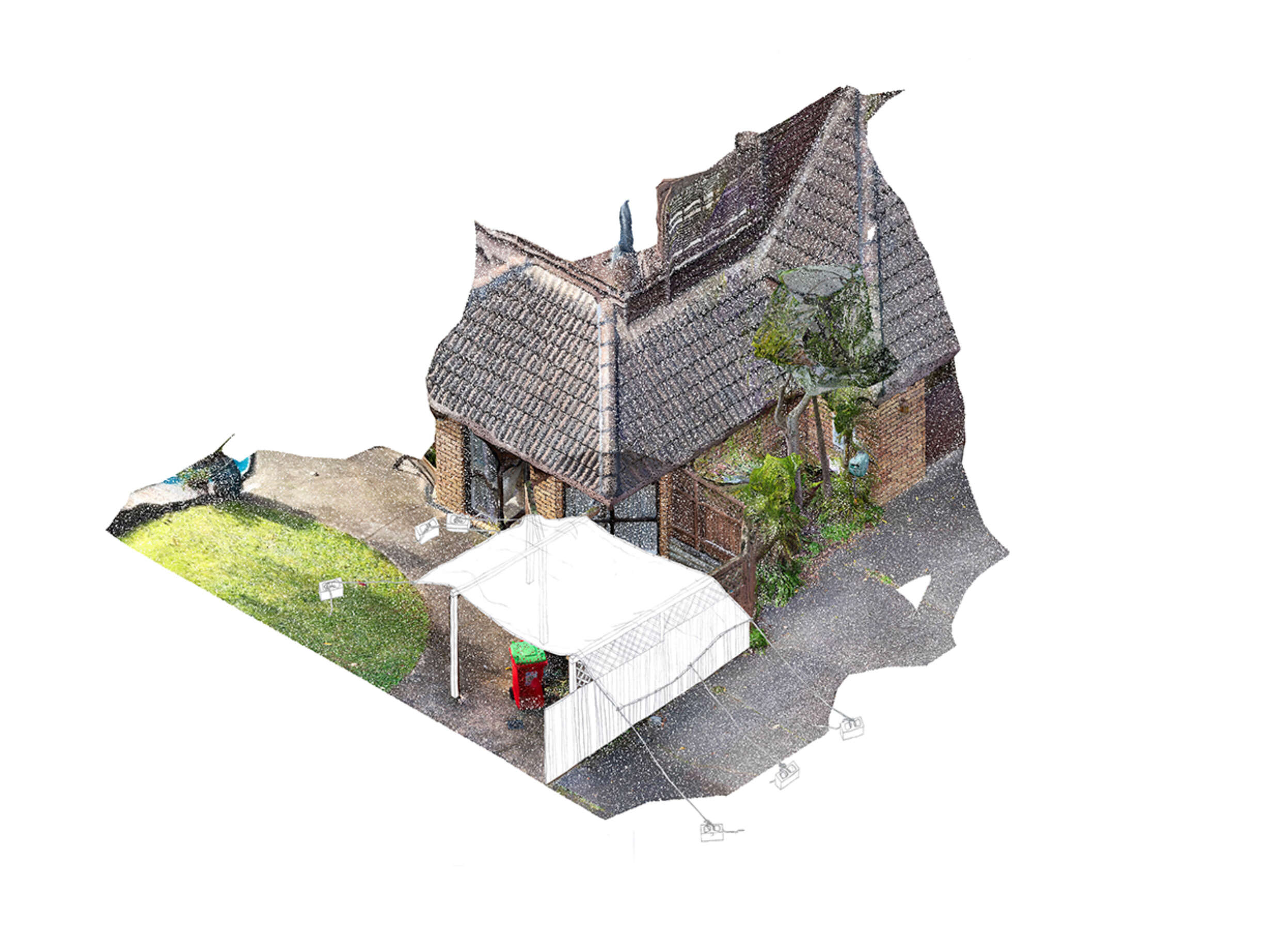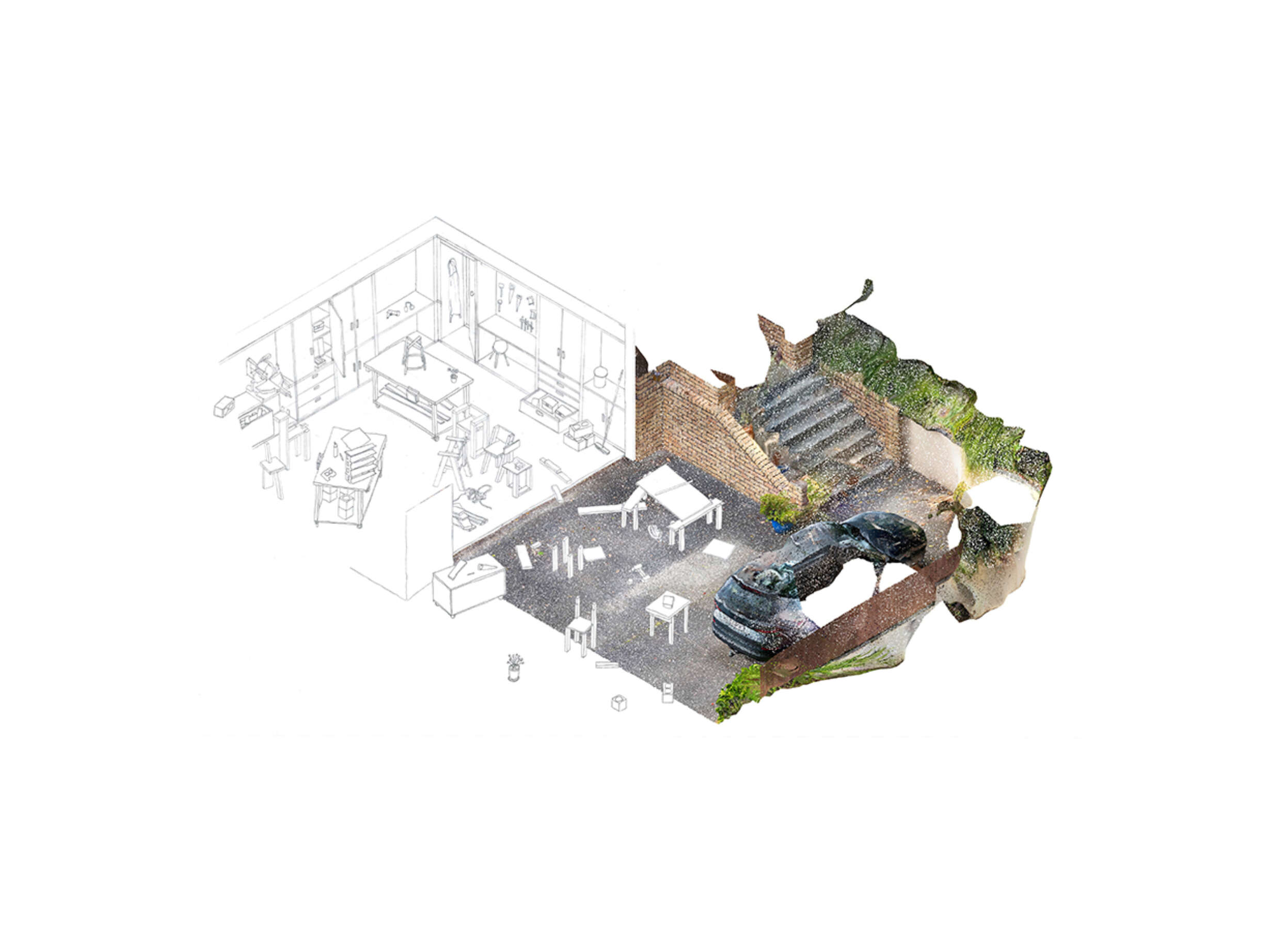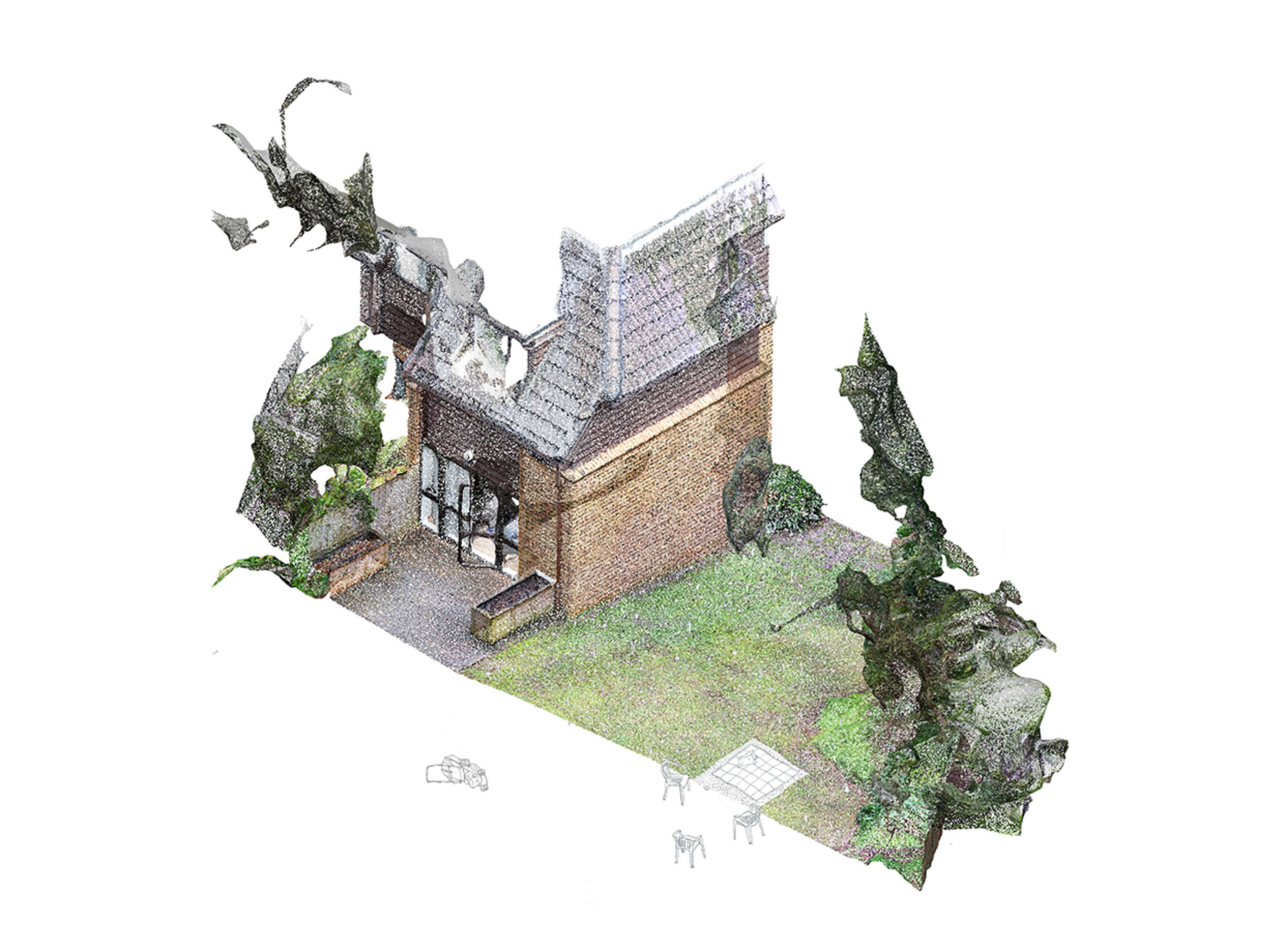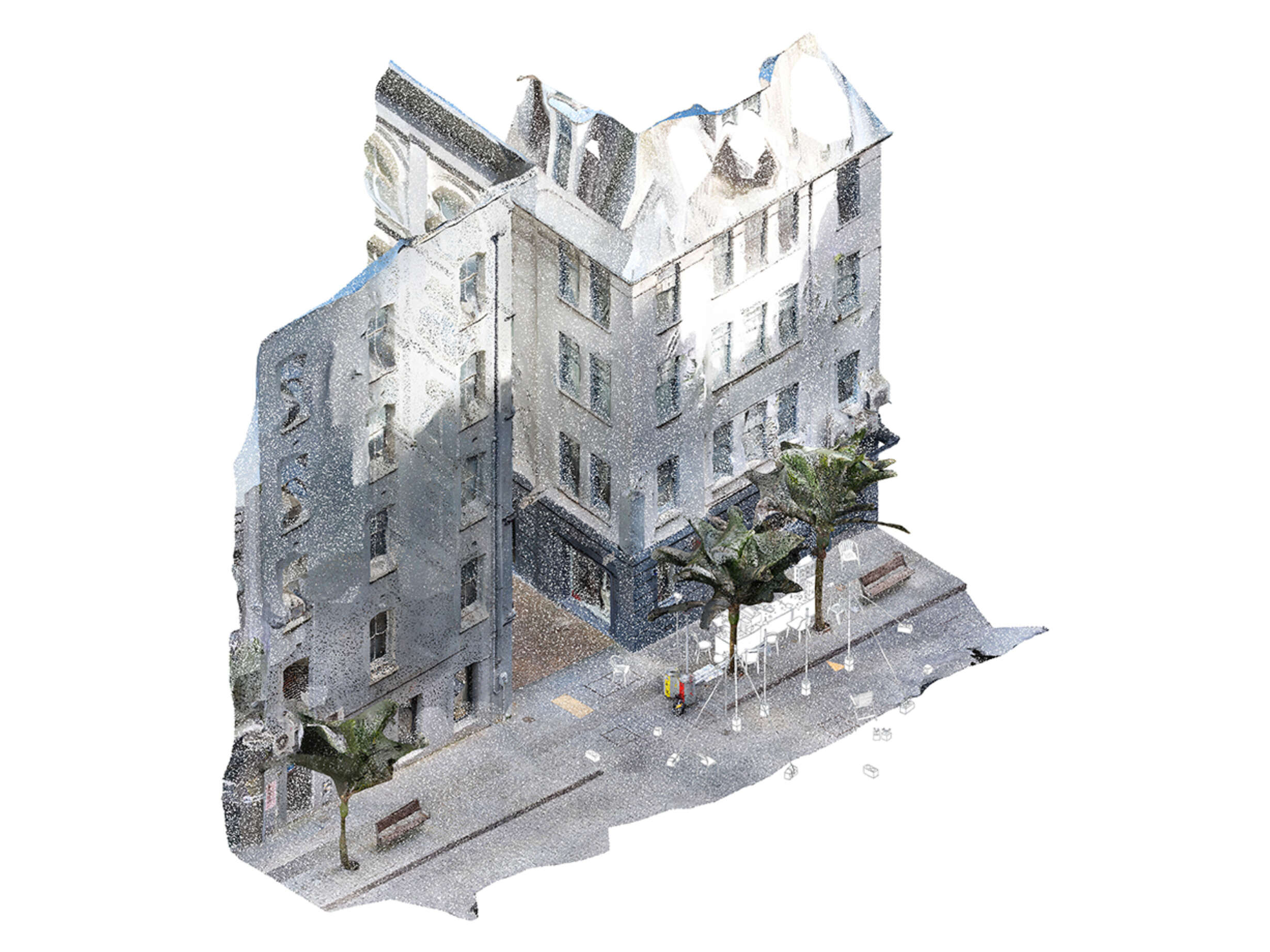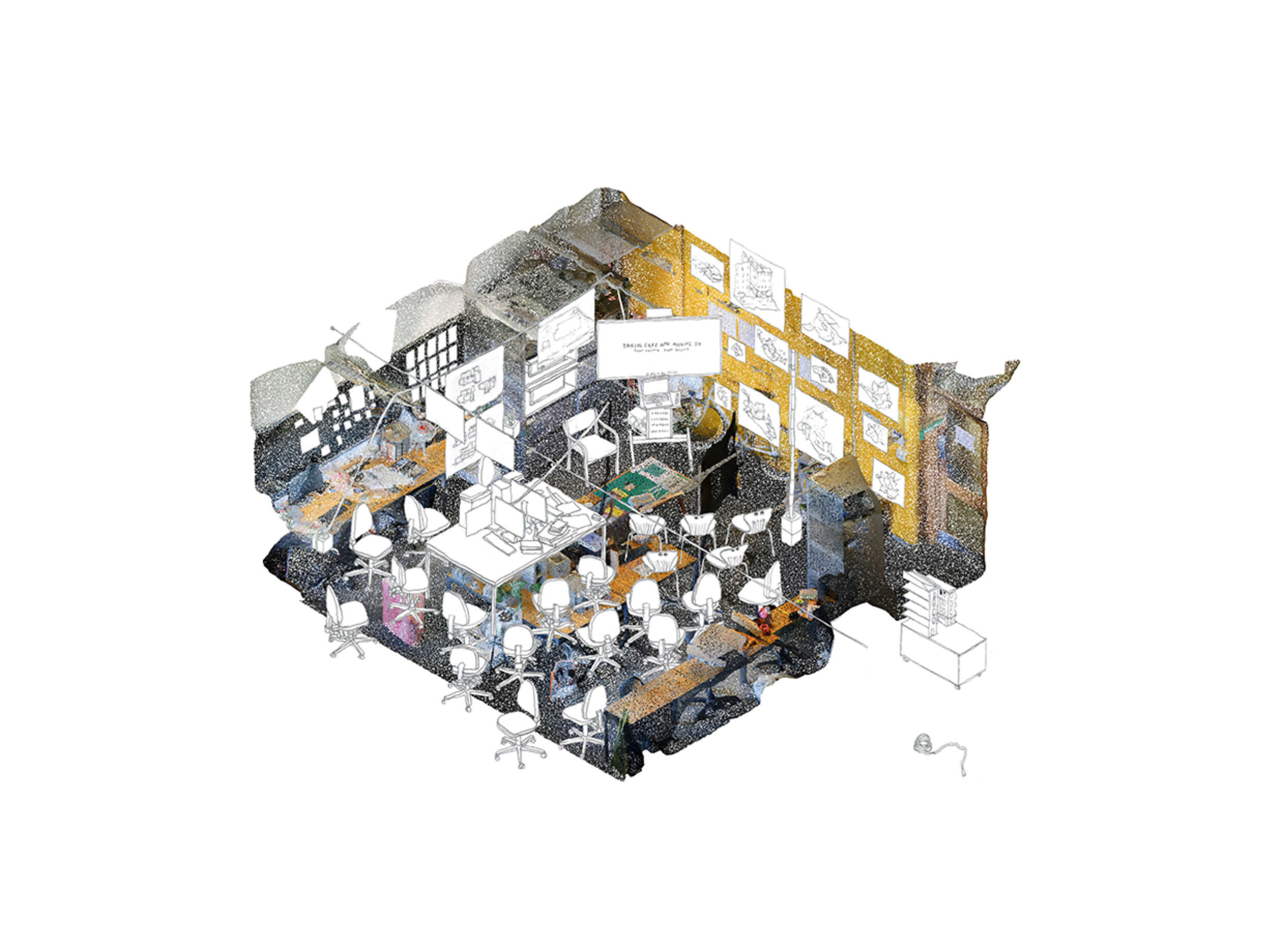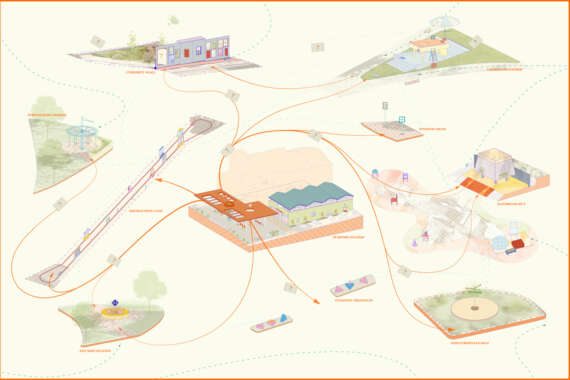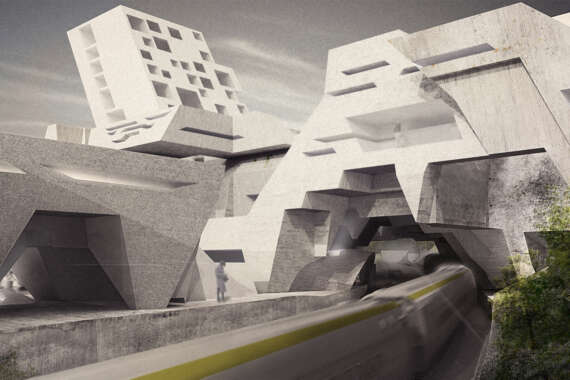Taking Care and Making Do: Finding Opportunity from Failure
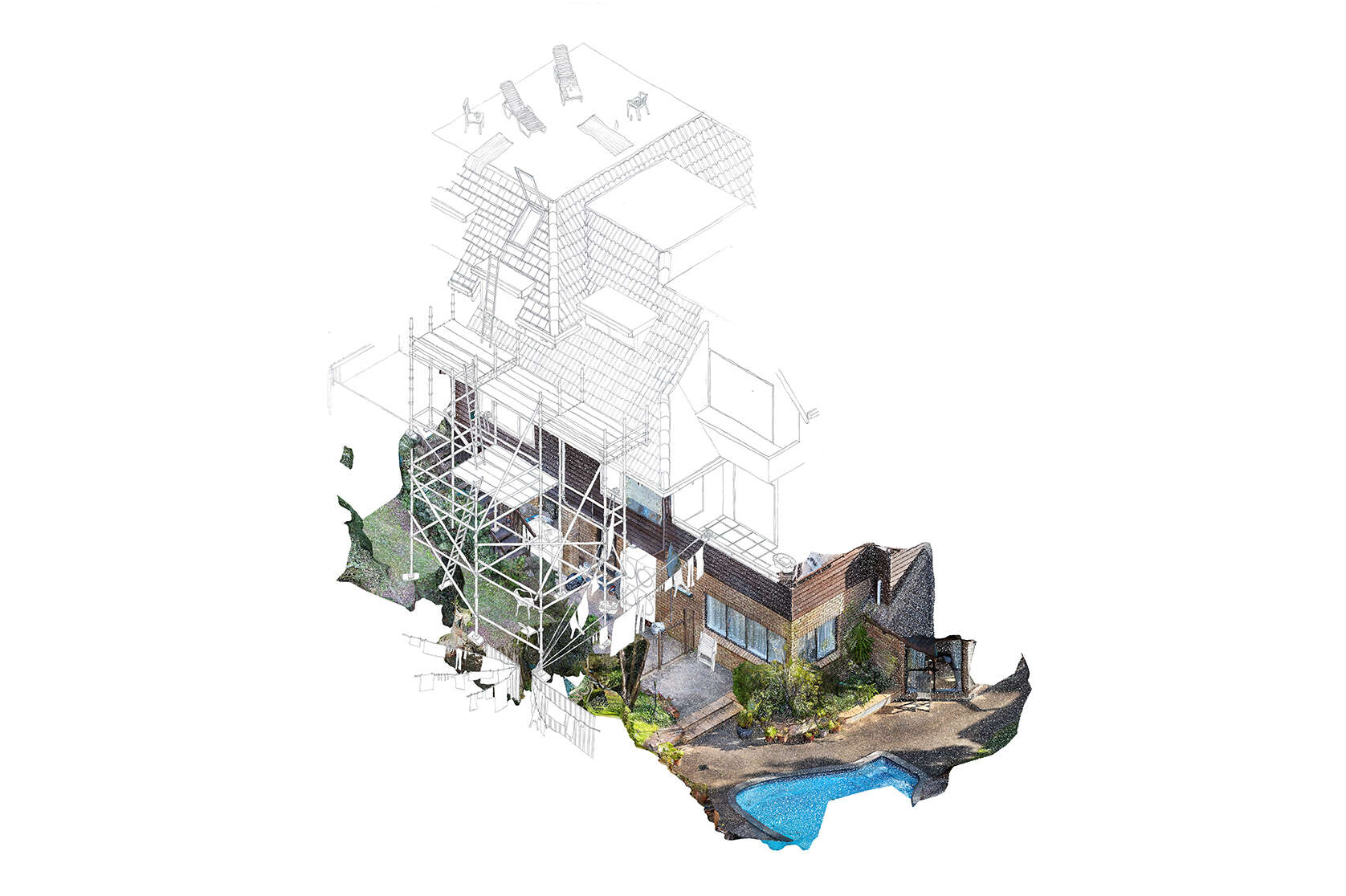
Today, the previously abstract predictions of climate scientists feel increasingly tangible as we witness firsthand the impact of global warming caused by human activity. For architects, the impact of the building industry on climate change is now inescapable and widely acknowledged through updated website biographies, ‘green’ accreditations and initiatives such as Aotearoa New Zealand Architects Declare. Yet regardless of rhetoric and good intentions, our discipline remains inseparable from the extravagant construction of new buildings.
Unless we impose limits on our endlessly wasteful cycle of demolition and extraction, human activity will continue to exacerbate more and more extreme climatic conditions. Taking Care and Making Do considers how imposing such a limit — working with what we have — could be an opportunity to develop new ways of working that are less wasteful and less complicit in an unequal status quo. It asserts that it is only by reconsidering the systems and processes of the industry that we can achieve the change needed to reduce its significant impact on emissions. In this spirit, the research takes as its starting point the existing — the ways we view, represent, design and live in buildings — and unfolds as an interrogation and reinterpretation of these assumptions.
Through an intimate observation of existing ordinary buildings, the project develops an understanding of architecture as a continually unfinished network of social and physical actors. It considers how the practices of drawing, photography and model making that perpetuate a myth of buildings as static and complete could be recalibrated in a process of representation defined instead by animation and movement. These experiments serve as the basis for the proposed practice of more-than-maintenance, a way of seizing the failures of the everyday as opportunities for small acts of repair that do more than perpetuate the status quo.







